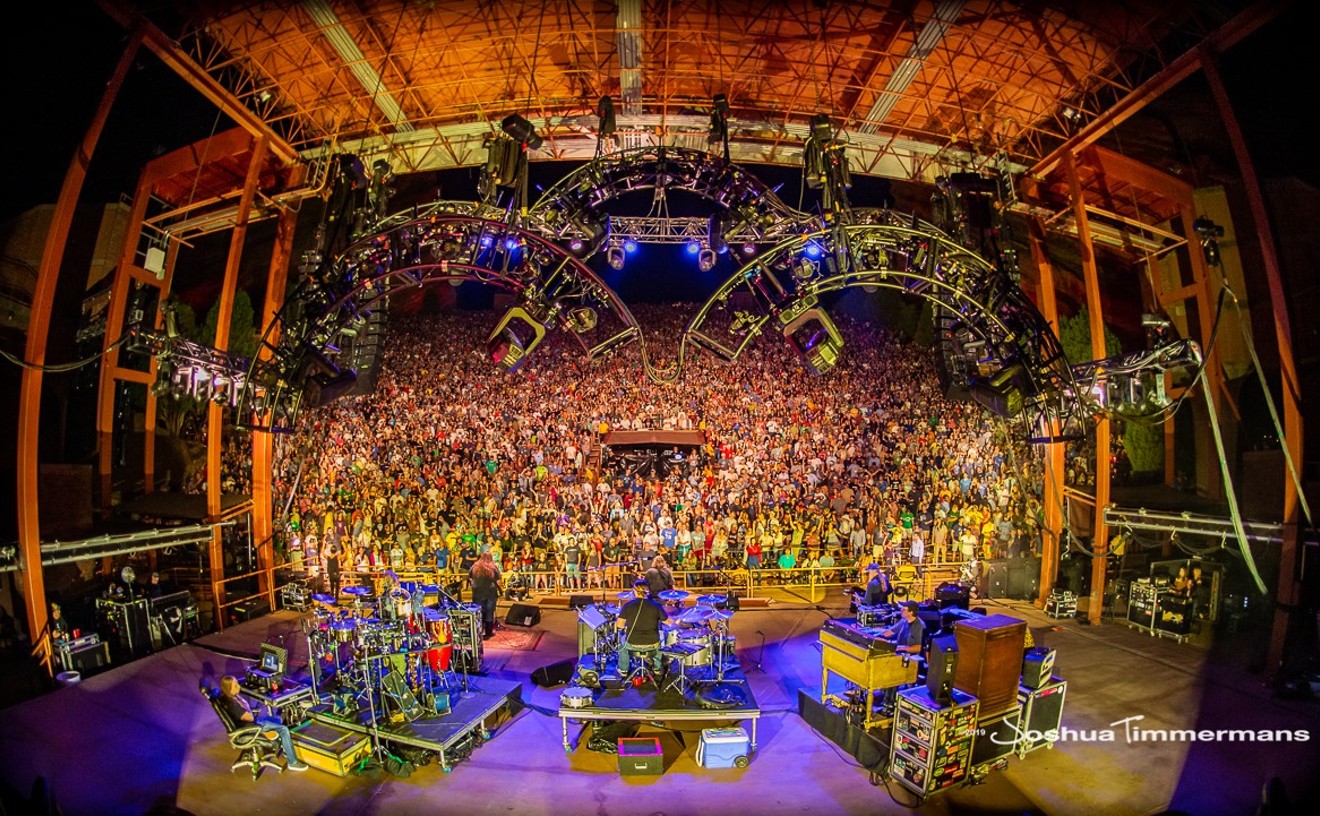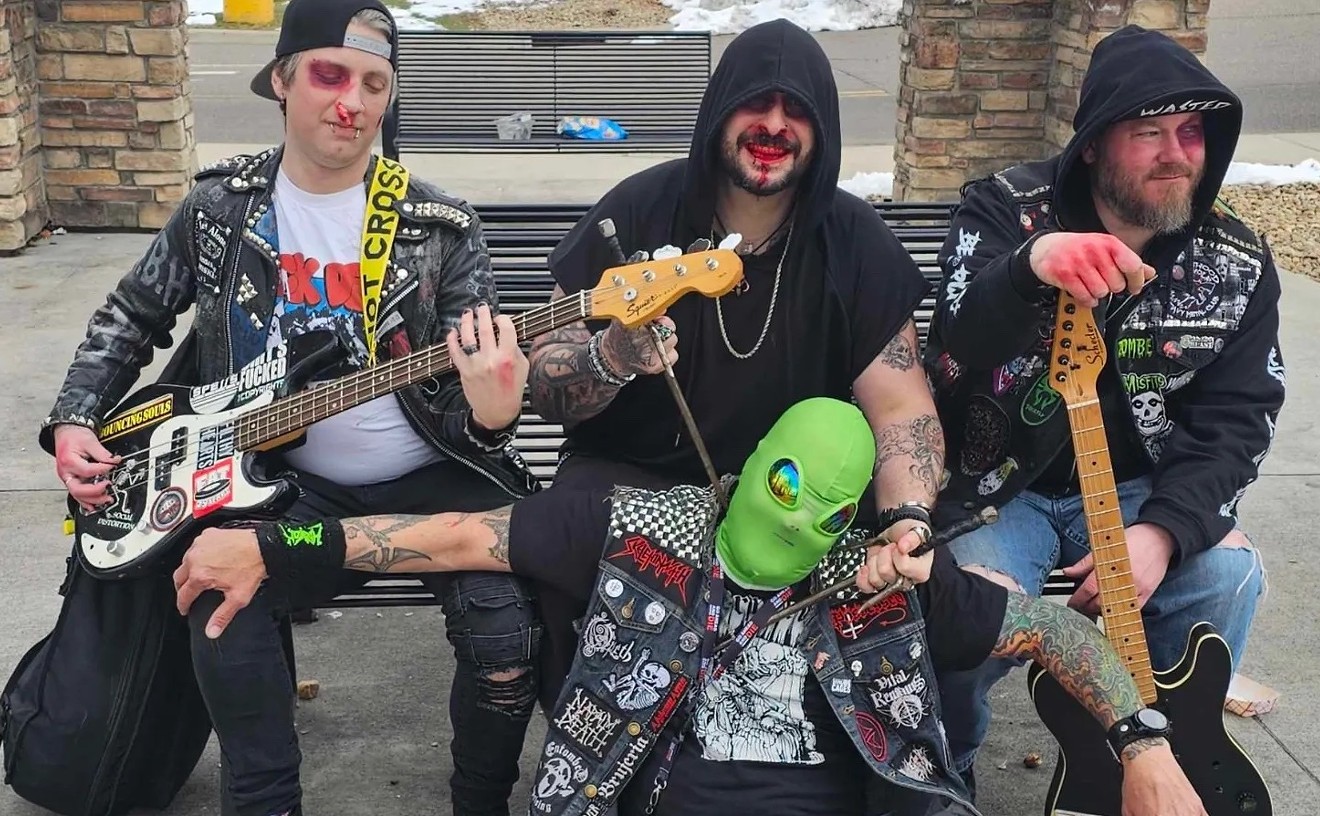For most musicians, making music is a way of venting their inner frustrations and putting their feelings out into the world in a relatively positive way. Sometimes, though, it’s just not enough. For these overflowing creatives, there’s a story that they feel needs telling without being shrouded in the cryptic poetics of songwriting. When that happens, it’s often a book that soothes the impulse. Here’s a list of five books by musicians (and one by two scene insiders) that detail everything from life on the road to raising kids and the dark recesses of the eccentric’s psyche.
6. Just Kids, by Patti Smith
Bands: Patti Smith Group, various
Just Kids is part autobiography, part rock diary and part biography of Robert Mapplethorpe, the renowned artist and photographer. The book centers around Smith’s early life, from before she became a musician, through her love life with Mapplethorpe, on through his coming out as gay, and, eventually, his death. It’s a touching though
5. Girl in a Band, by Kim Gordon
Bands: Sonic Youth, Free Kitten
After Kim Gordon and Thurston Moore divorced and Sonic Youth broke up, there was a lot of speculation about what had actually happened. Gordon was quiet for a long time, and rumors began to fly. Then, it seems, something broke inside her, and soon Girl In a Band blasted onto the scene like a ton of bricks. Where Smith took the high road, Gordon built her own highway so low it’s practically in hell. She spills the beans about Moore’s affair with an acquaintance of the band. She nails Courtney Love for being a psychotic egomaniac. She flatly says Smashing Pumpkins frontman Billy Corgan was a fraud and no one ever liked him. She even goes after Lydia Lunch and her own bandmates at times. But throughout, it never seems like a tell-all hit job or retribution by a woman done wrong. It’s just the story of a life in one of the world’s biggest music groups, and part of that story just happens to be the extramarital relations her bandmate and husband engaged in that destroyed both their marriage and band. On the other end of the spectrum, Gordon details what it’s like for her daughter, Coco, to grow up in the shadow of rock royalty who to her are just Mom and Dad. It’s a weird dynamic, and Gordon is blunt about her inability at times to navigate the minefield.
4. The Karaoke Singer's Guide to Self Defense, by Tim Kinsella
Bands: Joan Of Arc, Cap’n Jazz, Owls, Make Believe, Friend/Enemy, Everyoned, numerous solo albums
How on earth Tim Kinsella found the time to write a book, let alone two of the things, is beyond me. To says he’s a prolific musician would be a massive understatement. At forty, he’s accomplished more than most musicians will in their entire lives. As best I can tell, Kinsella has released at least sixty records with more than half a dozen bands and as solo projects. So squeezing in a book couldn’t have been easy. Nonetheless, in 2011, Featherproof Books released The Karaoke Singer’s Guide to Self Defense, Kinsella’s debut novel that’s part Mary Higgins Clark mystery and part Naked Lunch.
3. Doomsday Bonnet, by Daniel Higgs
Bands: Lungfish, Skull Defekts, Reptile House, numerous solo projects
Daniel Higgs is one of the most prolific musicians around. After fronting the droney, hypnotic Baltimore post-punk group Lungfish for two decades, Higgs kept recording and performing on his own. He also ramped up his writing, putting our numerous poetry books. And when I say poetry, I mean the kind of stuff that makes you wonder if maybe Higgs came to us from another planet. He writes more as a religious prophet than a poet. Sure, it’s weird. Yes, it’s confusing. But, man, is this guy an original. There is no one that even comes close to writing like Higgs. Choosing a single book to suggest isn’t easy, but “The Doomsday Bonnet” is an excellent combination of Higgs’s otherworldly poetry and his even more out-of-this-world art. Did I mention he’s also a renowned tattoo artist and painter? Good luck finding a copy of The Doomsday Bonnet, though. Copies regularly go for more
2. The Anti-Matter Anthology, by Norman Brannon
Bands: Shelter, Texas Is the
In the ‘90s, Anti-Matter was an important zine in the East Coast punk and hardcore scenes. Norman Brannon was well known for asking musicians questions that hung well outside the box of a normal interview. He famously asked one well-known musician, “Where and when did you last cry?’, a question so far off topic and out of the blue that it blew minds in the punk scene. Many years later, Brannon compiled the best interviews from his zine of the same name and published it in book form. The Anti-Matter Anthology is a fantastic look back on an important part of growing up for those who were there, and a nice history lesson for anyone who wasn’t.
1. See a Grown Man Cry Now Watch Him Die, by Henry RollinsBands: Black Flag, Rollins Band
As with Higgs, picking one of Henry Rollins’s books as the best is tough. The man has been publishing poetry and prose for so long that his books could fill half of most people’s bookcases. But See A Grown Man Cry Now Watch Him Die is
Honorable Mention
Dance of Days — Two Decades of Punk in the Nation's Capitol, by Mark Anderson and Mark Jenkins
This one is a little different in that the authors aren’t well-known musicians, but they have been heavily involved in the Washington, D.C., punk scene from its inception and on to the present day. The pair











